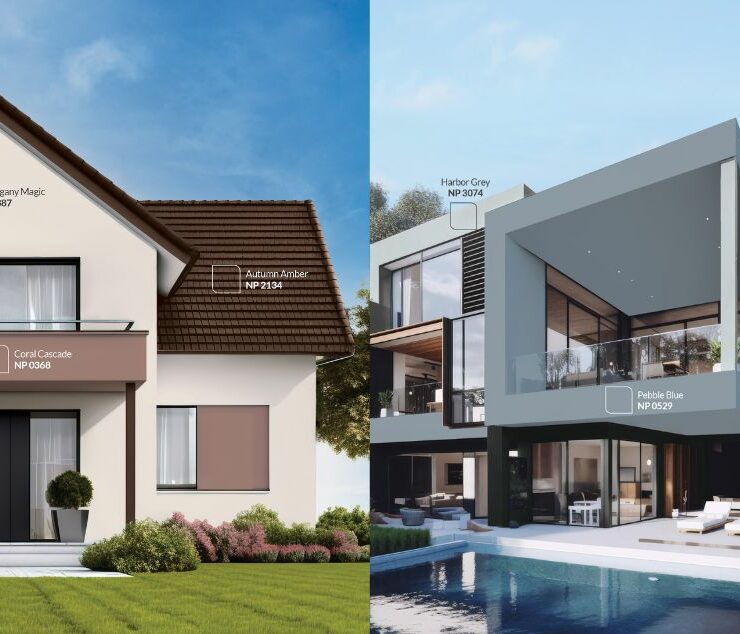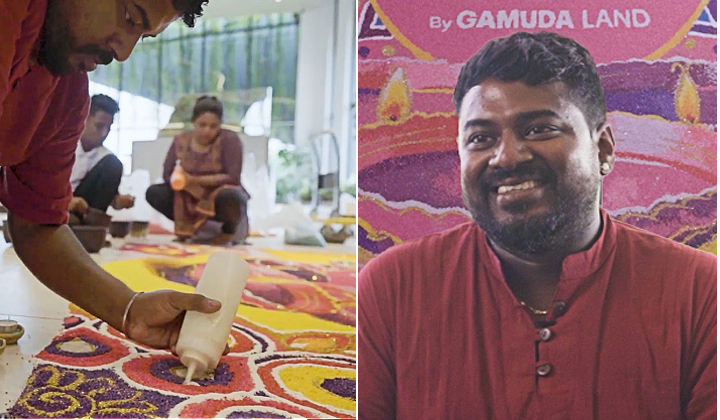Didn’t Get The Job? Blame The Colour Of Your Top

When you’re getting ready for a job interview, do you ever think about what colour you should wear?
Colours can affect you psychologically. It can change your mood, the way you think and even how people perceive you. Colours can also change your heart rate, blood pressure, and respiration.
Of course, the psychological effect of colours isn’t a magical super control method, but there are generalities that can be gleaned from decades of scientific research on the patterns between what people think about each colour.
So, before you get dressed, or pick out a colour to paint your home, it might be good to keep this in mind.
Blue

Blue is almost always associated with bright blue skies and the deep blue sea, which in turn remind us of feelings of calmness and stability.
People are also more likely to tell you that blue is their favourite colour more than any other shade. This is because blue has a calming effect on people.
Wearing blue will give others the perception that you are stable, calm, that you know what you’re doing and you’re an expert in your field. Seeing blue also brings thoughts of trustworthiness to mind.
This is why blue is a good colour to wear for a job interview.
Blue is also a good colour for a man to wear on the first date. Women love stable men, and the colour can be calming and help both you and your date feel more relaxed.
Red
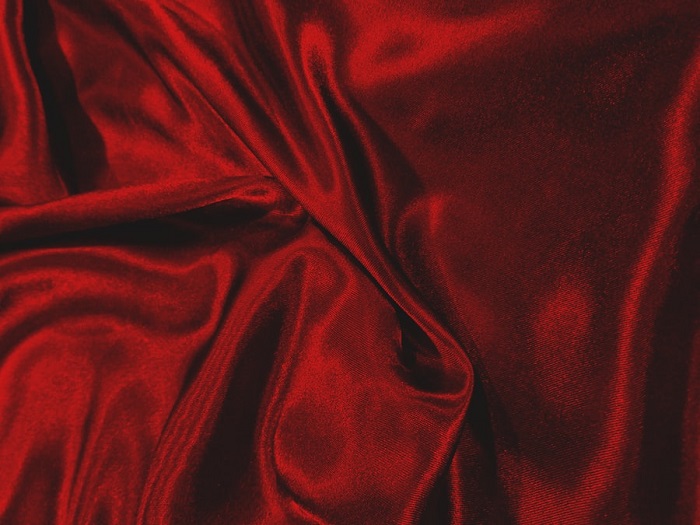
Red is the colour of passion, and also the colour of aggression. This is because red also increases metabolism and raises blood pressure. This is why the colour is commonly used for stop signs and fire engines.
Wearing red will generally result in others finding you more attractive compared to when they see you in other colours. It sends your heart racing, which makes the colour great on a woman during a first date.
However, the aggressiveness of red doesn’t make it a good choice for the office or to an interview. This colour can be seen as a bit hostile in these environments and has been linked to impaired analytical reasoning.
Yellow

Yellow is the happiest of all colours and usually stimulates feelings of joy and the perception of youth.
However, yellow is also considered an unstable colour, and can be over-energising for an interview or to wear to work. Many people also tend to dislike the colour and it can make the wearer look naive and weak.
Interestingly, yellow is a good colour to use around food or in kitchens because warm colours such as yellow can help stimulate appetite.
Orange

Orange is a very high energy colour and is considered the colour of stimulation and enthusiasm.
It’s not as aggressive as red but still catches attention. In fact, orange has a nice mix of red’s passion and yellow’s joy.
Research has found that orange can increase oxygen supply to the brain and stimulate brain activity, producing an energising effect.
In this sense, orange is a perfect colour to wear to the gym, for sports and for athletes too.
Green

The colour green is commonly equated to nature, the leaves and trees in the forest.
This leafy colour denotes freshness, safety, and harmony. It has been linked to more creative thinking and is commonly associated with money and the “go†signal for a traffic light.
All these characteristics are great in the workplace, home offices, and art studios.
The colour green is also restful on the eyes and produces the least amount of eyestrain. So, if you were thinking about changing the background picture on your desktop, one with green hues would be perfect.
Purple

Purple is the perfect balance between red’s intensity and energy, and blue’s relaxation and stability.
The colour tends to remind people of royalty, luxury, power, wisdom, creativity and magic – for its rare occurrence in nature. However, this also means that too much purple can also appear artificial.
Purple also used to be one of the most expensive colours to reproduce, making it sometimes associated with royalty. These days, it’s often linked to premium products or services.
Less saturated versions of purple, such as violet or lavender are perfect for an aura of sophistication during an interview or at the workplace.
Brown

Much like green, brown is also often generalised to nature as it’s commonly seen as the colour of strong tree trunks and soil.
Feelings of stability and solidity often accompany this colour, which is also commonly seen as a masculine colour.
Different shades of brown can invoke different emotions. Warmer browns can cause a person to feel warmth, protected, secure, dependability or resilience. While duller shades might invoke more negative emotions such as isolation, sadness, and loneliness.
If you’re a woman in a predominantly male workplace, wearing a chocolate brown suit can make you appear more credible.
Black
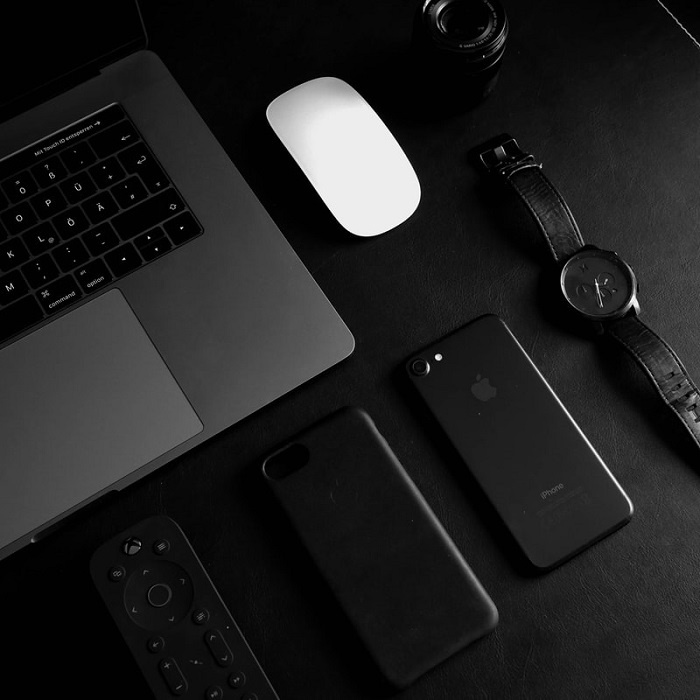
Black is a very powerful colour and can be associated with a sophisticated lifestyle – think of the Grammy awards, a formal dinner suit, or even a little black dress.
It is an intimidating colour that shows the person wearing it as setting themselves apart from others. It is considered elegant and can have a thinning effect of the body too, which is always a plus point.
Black can convey feelings of mystery and seriousness, as well as indicate strength and discipline. This colour doesn’t usually express many emotions. Instead, it conceals them (feelings and curves!), giving the person wearing the colour an air of superiority.
If you want to be treated seriously during an interview or at work, wearing a typical black suit with a splash of blue or green could help that.
Grey
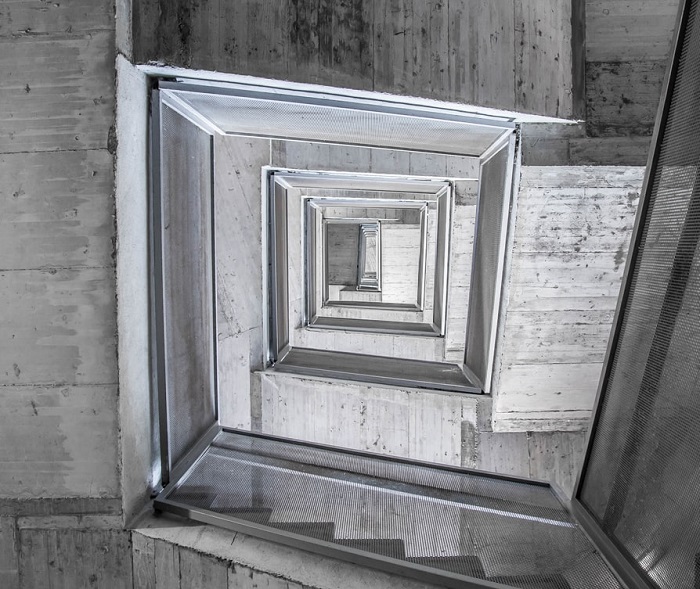
Out of all the colours, grey is probably the most passive colour.
Grey is the colour of conformism, not having any personality of its own and tends to imply that the person wearing it is uninvolved and lacking energy. It also makes one appear unattached, impartial, neutral, but also indecisive.
Grey in it’s darker tones becomes extraordinary and mysterious – like black. On the other hand, it’s lighter tones remind us of the precious metal silver, becoming more dynamic and highlighting.
The colour is both still and emotionless, which can make it a strong and steady colour that evokes feelings of cool and self-restraint too.
If you like wearing grey, pairing it with a brighter colour such as blue, or brown, can help offset the more passive vibes of this colour in the workplace or during an interview.
White

White is commonly associated with cleanliness and perfection. It is also linked to being clean, pure and fresh. In the medical profession, doctors wear white coats giving the impression of being clean and promoting health.
White is also connected to openness and honesty, it can represent purity and innocence. It is also associated with heaven and is the colour of the clouds.
However, wearing too much white can denote timidity and sterility which is not good for the workplace. It’s a safe choice for a shirt, but should be coupled with other strong colours.
Colour your life!
Colours affect our mood and how other people perceive us. But they’re not the only thing that makes a difference. You probably can still get the job if you wear a yellow shirt to your interview.
Though, when given the choice, picking a colour that will work for you, and not against you will definitely help your chances.
How do you use colour in your own life? Share your thoughts with us on our Facebook, Twitter and Instagram!
Starving forensic investigator turned writer cause she couldn't find a job. Used to search for killers now searches for killer stories.

